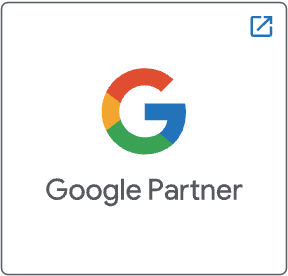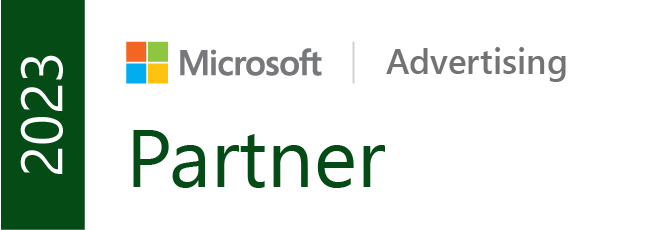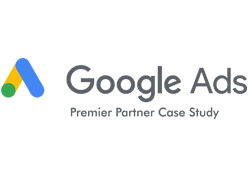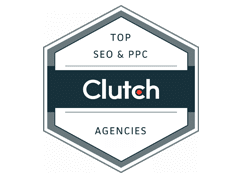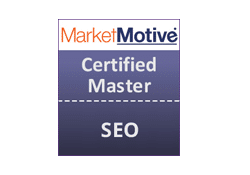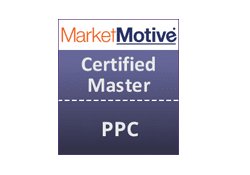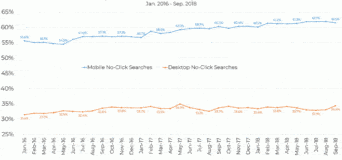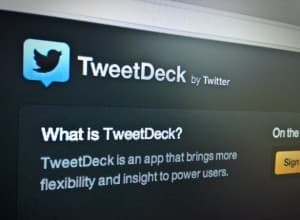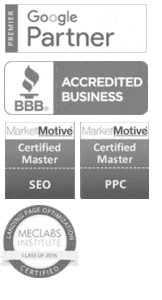Generate new leads with a custom social media ad strategy.
Social media is about more than likes: It’s an advertising engine that can grow your business.
Questions about social media ads?
Get in touch for a strategy consultation.
Make connections and engage customers with social media advertising.
Social media platforms let you go where your target audiences are, reaching them at the right time and place. But simply posting on your social media channels is rarely enough to boost your bottom line. Paid advertising on those platforms, however, is a powerful way to convert those audiences into new, qualified business leads.
Running ads on social media channels isn’t right for every business, and some channels will be a better fit for your business than others. If you’re new to paid social media advertising, we first focus on who you want to reach and where you’ll most likely connect to them. We’ll also work with you to define your goals, then help you determine which platforms are best for those goals and your budget.
At DAGMAR Marketing, we build your ad campaigns on solid marketing fundamentals. From crafting messages that reflect your brand and inspire engagement, to expertly managing how your social media ad dollars are spent, we’ll help you make the most of your opportunities.
We Know Our Stuff and Others Agree.
This is just some of what we do to create successful social media ad campaigns.
Research &
Strategy
Whether you have existing campaigns or we’re creating your first social media ads, we start with research. Who do you want to reach? Where do they spend time online? What are your goals? Answers to these questions and how they sync up your overall digital marketing efforts are the foundation for crafting a strategy that’s customized to your business needs and advertising budget.
Campaign
Setup
Most social media platforms sell ads using an auction format rather than having a set price. That’s why we construct your campaigns carefully, balancing bids that fit your budget while spending what’s necessary to achieve your social media advertising goals. From the time of day that’s best to where your ads are positioned within a platform, every decision we make on your behalf has an effect on your ROI.
Creative
The time and money spent developing a strategic campaign can be wasted if your ads and landing pages don’t grab attention from the right people. We create both using proven best practices, compelling copy and a design that fits seamlessly with your brand’s look and feel. We also focus on designing for a great mobile experience.
Optimization
As with every area of digital marketing, data collection is key to getting the most from your social media advertising investment. We use the data we gather to test ads to gauge what works best, and adjust the allocation of your budget, your bids and your ads and landing pages based on our research. Optimization is ongoing—your online advertising environment changes constantly and your strategies must as well.
Analysis &
Reporting
We provide monthly, in-depth reporting on how your money was spent and whether your goals are being reached. Every major social media platform provides analytics tools that help gauge performance and give us insights into the next best moves we can make to improve your ROI.
Social Media Advertising FAQs
Let’s Start Writing Your Success Story
Get in Touch With Us!Recent Posts

InBox: Marketing Tips You Can Use Right Now
Fresh content, right on time. Join our subscriber list.
